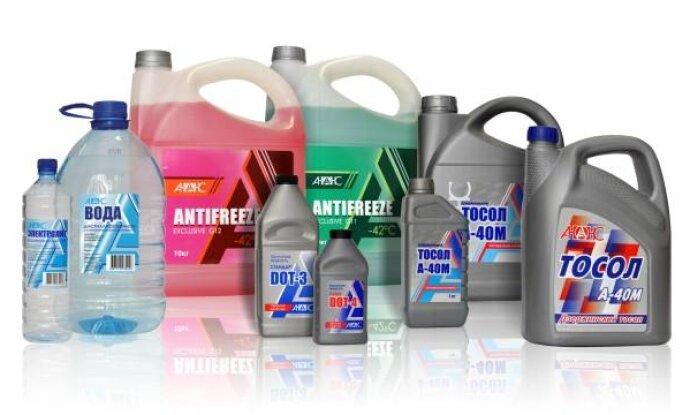
What happened to it? Antifreeze
Content
It's like salt on an icy road, but inside your engine.
When you start your car in the dead of winter, a cascade of mechanical functions comes to life. The combined forces of these functions produce an enormous amount of heat—up to 2800 degrees Fahrenheit (F) inside the pistons. So wait, with all that heat, why do you need a thing called "antifreeze"?
Well, that stuff we call antifreeze actually works to protect the fluid that keeps your engine cool enough so it doesn't self-destruct (you'll also hear it called "coolant"). Constantly circulating in your engine chamber, it carries enough of the heat generated by all that combustion and goes to the radiator where it is cooled by outside air. Some of this heat is also used to heat the air, making your car's interior cozy and comfortable.
The earliest car engines simply used water to cool their chambers, but the good old H20 proved to be not very efficient and also the cause of many winter headaches. Just like an unprotected pipe on a cold winter night, if your radiator is only filled with water, it will freeze and burst. Then, when you start the engine, you won't get any cooling effect until the water thaws, and you certainly won't get any after it squirts out of your newly formed gap in your radiator.
Answer? Antifreeze. Despite its lopsided name, this essential fluid doesn't just protect your car from the icy grip of winter. It also prevents the radiator from boiling over on hot summer days due to its ability to both lower the freezing point of water and raise its boiling point.
Icy Roads and Vehicle Engines: More Similar Than You Think
In its natural state, water freezes at 32 F and boils at 212 F. When we salt the road before a snow or ice storm, the salt and water combine to create a new liquid (salt water) with a freezing point about 20 F lower. than pure water (in the original Fahrenheit scale, 0 was the freezing point of sea water, 32 was the freezing point of fresh water, but that has been changed for some reason, we don't have time to go into that). Thus, when a winter storm comes and snow or freezing rain hits the road, the water and salt combine and the liquid salt water flows off safely. However, unlike the roads, your engine will not withstand regular doses of salt water. It will rust quickly, like bare metal on the seashore.
Enter ethylene glycol. Like salt, it bonds with water to form a new liquid. Better than salt, this new fluid won't freeze until temperatures drop to 30 F below zero (62 F lower than water) and won't boil until it hits 275 F. Plus, it won't damage your engine. In addition, it acts as a lubricant, extending the life of your vehicle's water pump.
Keep your engine in the "Goldilocks zone"
In warm weather or on long journeys, the engine can become so hot that small amounts of antifreeze evaporate. Over time, these small fumes can result in too little coolant washing around your engine, overheating, and then a twisted, smoking mass of metal under the hood where your engine used to be.
To ensure that your engine is always in good shape - not too hot and not too cold - we check your antifreeze every time you come in for an oil change or any other service. If it needs a little boost, we'll be happy to supplement it. And since, like everything that heats and cools, heats and cools, antifreeze wears out day after day, we recommend a complete coolant flush about every 3-5 years.
Back to resources
